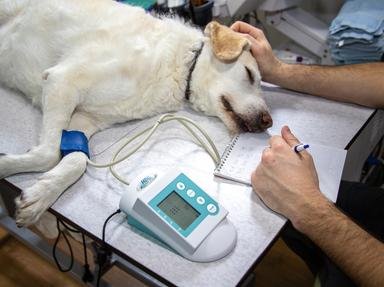Quiz Answer Key and Fun Facts
1. How many chambers are there in a dog's heart?
2. What is the common name of the atrioventricular valve that separates the right atrium and ventricle?
3. What is the main blood vessel that takes the blood from the left side of the heart and carries it out to the body?
4. Your puppy has been diagnosed by vet with a VSD. A VSD used to be more commonly referred to (especially in human medicine) as a 'hole in the heart'. What medical term does VSD actually stand for?
5. Endocarditis is an infection of the heart, but specifically what part of the heart?
6. A specialist veterinarian dealing with the canine heart and its disorders is called a what?
7. In the United Kingdom, Cavalier King Charles spaniels are particularly associated with which form of heart disease?
8. What is tachycardia?
9. What is the difference between congenital heart disease and acquired heart disease?
10. Which of the following are forms of congenital heart disease?
Source: Author
MosesMum
This quiz was reviewed by FunTrivia editor
Tizzabelle before going online.
Any errors found in FunTrivia content are routinely corrected through our feedback system.

